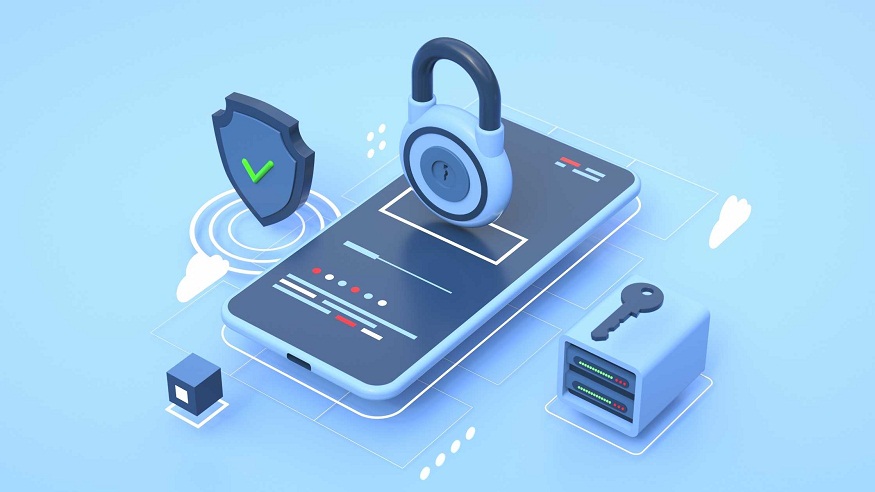Now in the world of mobile technologies, apps have become a part of daily life; hence, it is very crucial to protect the security of applications. This, in turn, causes the developers to always seek new methods to protect their apps against hackers who are, unfortunately, able to keep up with the times. One effective method that is gaining popularity is through AppSealing in which advanced security measures are implemented to beef up mobile apps against different sorts of computer attacks.

Understanding app shielding
App shielding, also called application hardening, is a critical defence line against cyber-attacks directed towards mobile applications. This mechanism is helpful in more ways than one which includes code obfuscation, encryption and runtime protection mechanisms. Code obfuscation enables defenders to thwart hacking attempts by concealing the underlying codes of an application. Encrypting the information that is stored in the app ensures that it cannot be leaked in case of device compromise. Furthermore, these are the mechanisms that constantly observe the app as it runs and immediately respond to any unusual action. This technique enables developers to safeguard their applications from a broad spectrum of threats, such as reverse engineering, tampering and intrusion by malicious users. This prevents security vulnerabilities proactively in addition to increasing the general dependability of the application. App shielding is therefore an indispensable strategy for preserving the integrity and security of mobile applications today because cyber threats abound.
2 Key components of app shielding
App shielding is made up of these crucial elements that collectively enhance app security. Code obfuscation which forms part of app shielding involves making an application’s source code convoluted to prevent its comprehension by attackers. Thereby, it hides logic behind applications so that hacking attempts can be difficult to launch successfully. Encryption techniques also help strengthen application security by protecting sensitive data kept within the app. When a device is hacked into encrypted data it will always stay protected hence denying hackers’ chances of accessing them illegally. Furthermore, runtime protection mechanisms act as a preemptive security layer that is always monitoring the app’s execution environment. This proactive approach to security implementation is meant to detect and combat any form of suspicious activities or tempering in near real-time thereby ensuring integrity of the app, as well as its ability to withstand dynamic emerging threats. By integrating these components app shielding significantly improves the overall security status of mobile applications thus minimizing risks and protecting user data in a continuously changing threat landscape.
Advantages of app shielding
The use of application shielding by developers has several benefits for both them and their end users. The techniques employed by application shielding help to protect against reverse engineering while preventing tampering with an application’s functionality which may be proprietary algorithms, intellectual property or sensitive data contained within it; this not only secures what has been invested into the application but also builds trust among users. When users are confident in enhanced application security, they develop loyalty and enhance their user experiences positively. In terms of cyber threats that target mobile apps, one must invest in superior security measures such as app shielding to mitigate risks and ultimately safeguard user privacy. When developers prioritize security, they demonstrate their commitment to protecting user data and ensuring the future of their apps in today’s ever-more-connected digital environment. In the end, app shielding is a preventative measure to minimize risks and maintain trust and integrity in mobile applications.
Challenges and considerations
Though app shielding can enhance application security immensely, it also presents obstacles that must be considered. Developers need to balance between security and convenience so that additional security measures do not affect the app’s performance or decrease user experience. Furthermore, this may lead to technical challenges as different mobile platforms and devices should be compatible which calls for adequate planning during the implementation stage. Furthermore, proactive security measures are vital for countering emerging threats while updates and patches remain necessary for them meaning that ongoing monitoring remains important.
Integration with application security frameworks
The integration of app shielding into an extensive application security framework is crucial in maximizing its efficiency. Developers can therefore combine app shielding with other security layers as well as best practices to build strong defenses against cyber-attacks. The fact is that secure coding practices like input validation and well-organized error handling are common vulnerabilities easy to avoid such as injection attacks and buffer overflows. Developers should also conduct regular security assessments and audits to detect and eliminate vulnerabilities in a preventative way and minimize the chances of exploitation. Furthermore, application owners should make use of secure communication protocols such as HTTPS that are used to keep the data in transit between application servers encrypted and secure from any interception. Therefore, if developers have a holistic approach towards ensuring application security, they will be able to close vulnerabilities and reduce risks at all stages beginning from development to deployment to maintenance of the app itself. Thus, this kind of approach not only makes the app more secure but also builds user confidence that their sensitive information is protected. Finally, from a comprehensive security strategy perspective, incorporating app shielding into the overall framework of defence against cyber threats helps make apps stronger against them.
The future of application security
With advanced complexities in cyber threats today, developers ought to change their security strategies to effectively contain or manage risks. App shielding, with its manifold approach to security, is an important defence mechanism against changing threats. For developers, such proactive steps should include advanced security techniques such as code obfuscation, encryption and runtime protection to make it impossible for malicious actors to exploit their software’s vulnerabilities. Furthermore, the diligent application of app shielding indicates a commitment to user privacy and data protection. Data leaks and breaches of privacy, which are now in the spotlight in the mass media, require the provision of reliable application security measures which are not only a must but also a competitive edge. This, therefore, leads to high levels of user happiness and loyalty as users prefer using applications that prioritize their privacy and security.
In conclusion, app shielding is a proactive stance towards improving application security in the increasingly interconnected digital world. By employing advanced safety techniques like code obfuscation, encryption and runtime protection mechanisms mobile developers can strengthen their apps against various cyber threats. However successful implementation requires careful planning, ongoing maintenance as well as integration into comprehensive application security frameworks.





